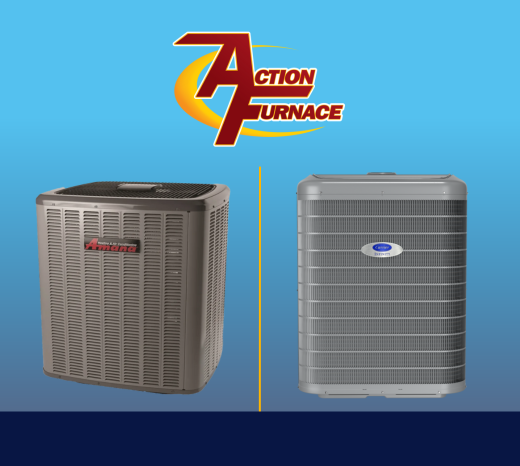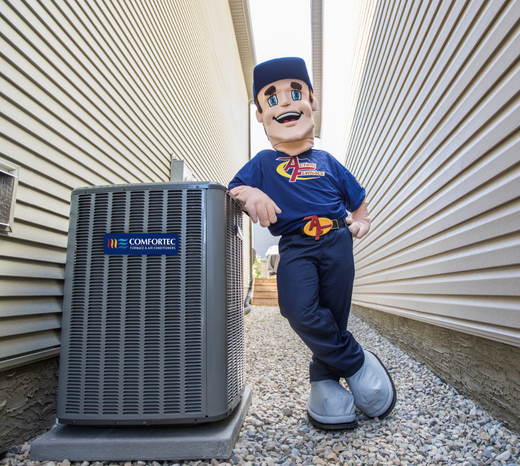Air Conditioners, Duct Cleaning, Furnaces
Ductwork is a series of interconnected corridors distributing air from your HVAC system to different areas of your home. For your ductwork to functi...
Ductwork is a series of interconnected corridors distributing air from your HVAC system to different areas of your home. For your ductwork to function as efficiently as possible, it’s important to ensure it’s insulated..
Here we’ll explore the benefits of insulating your ducts, the best materials to use, and offer a step-by-step guide on how to do it yourself.
The Benefits of Insulated Ducts
Why go through the process of insulating your ducts? A well-insulated duct system can make your home more comfortable, energy efficient, and even safer!

Energy Efficiency
Did you know that uninsulated ductwork can reduce your HVAC system’s efficiency by as much as 20%? In climates that experience extreme cold (see: Alberta), heat loss can easily occur in multiple places in the home. A layer of insulation helps prevent lost energy.
See also: Home Insulation Tips To Reduce Your Energy Bills
Leaky ducts can lose heated air into cooler spaces, costing you hundreds of dollars on your yearly heating and cooling bills. Air can escape through tiny cracks, gaps, and holes you may not even notice.
Insulating your ducts increases energy efficiency, lowers your energy bills, and often pays for itself in energy savings. And insulating your ductwork before the purchase of a new HVAC system could also save you money by allowing you to downsize to a smaller, less costly heating or cooling unit.

Minimize Noise
Pops and bangs are the most common sounds that can come from your ducts, and insulating your home’s ductwork will help minimize these noises.
The insulation helps retain heat, reducing fluctuations between hot and cold ductwork. A more constant temperature will lead to less expansion and contraction of your ducts, hence less popping.
Even if some sounds are still coming from your ducts, insulation will help reduce the volume and muffle those noises so they don’t annoy you.

Improve Indoor Air Quality
Fumes, dust, and insulation particles can easily enter your home’s duct system and be dispersed around your home. This can lead to asthma or increased allergy symptoms.
See also: How To Improve Your Indoor Air Quality
Air that cycles through your HVAC system goes through a filter. But the air that enters through cracks in your ducts has not been purified. Properly insulating your ducts can improve indoor air quality by limiting these pollutants from entering your ductwork.
Safety
Did you know that everyday gas appliances like water heaters and furnaces release combustion gasses through their ventilation systems during operation?
Poor or uninsulated ductwork can cause backdrafting, where these gasses are circulated back into your living space rather than outside. A major safety concern for you and your family.
What Should You Use to Insulate Your Ducts?
Just like insulating other areas of your home, several materials can be used for ducts. So which one is best? It depends on your budget and needs, but here are some of the most popular choices.
R-Value
Before we dive into the types of insulation, it’s valuable to know how each is rated.
All insulation is rated with an R-Value. The R-Value for insulation measures how much resistance the insulation has against heat flow. The higher the R-Value, the better the material is at insulating.
Fibreglass
Fibreglass insulation can be used to insulate multiple areas of your home, including ductwork.
Fibreglass has lower thermal resistance, making it a top choice for insulating against heat loss here in Alberta. It has an R-value of approximately 3.7 per square inch.
But before installation, check your ductwork for any large leaks. Excess condensation will allow mould and mildew to grow, ruining the integrity of the fibreglass and causing a health hazard.
Cellulose
Cellulose is a type of spray foam insulation. Most commonly used to insulate ductwork and other areas within attics.
A more dense option, cellulose has an R-Value of 3.5 per square inch.
Cellulose and other forms of spray foam insulation should be installed by a professional.
Mineral Fibre
Like fibreglass, mineral fibre insulation is readily available at all home improvement stores, making it an easy choice for insulating your ducts.
Mineral fibre has an R-Value of 2.8-3.7 depending on the amount used.
Because it is a thicker material, it’s also great for sound reduction, masking those pesky pops and bangs we talked about earlier.
DIY Duct Insulation
Now that you’ve got the run-down on HVAC duct insulation, you’re ready for your next home improvement project. Here’s a step-by-step guide for insulating your ductwork using fibreglass insulation. Fibreglass is readily available, easy to work with, and cost-effective. Let’s get started!

Step 1: Seal Holes in Your Ducts
Check your ductwork for holes, cracks and kinks. Repair any holes with mastic sealant or foil-backed tape. This type of tape is found at home improvement stores and is recommended because it's awesome at reflecting heat.
Contrary to its name, duct tape is not recommended because its fibre backing will degrade over time. Mastic sealant is also found at most box stores and is a liquid that can be easily painted on.
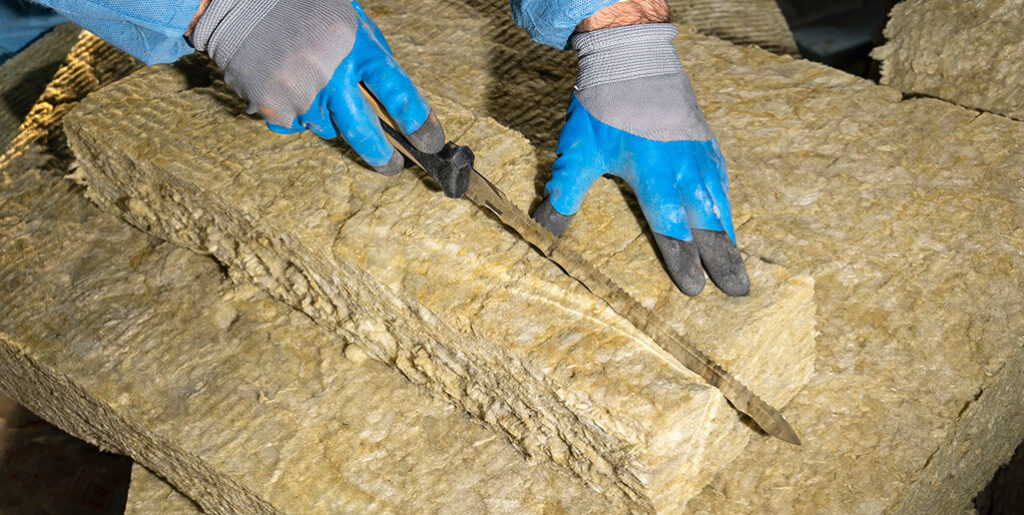
Step 2: Measure & Cut Your Insulation
Wrap your ducts with your fibreglass insulation. Start by measuring the circumference of your ducts and measuring your insulation to match the width. Most fibreglass rolls come in 5 feet lengths for easy installation.
Cut the insulation using a utility knife.
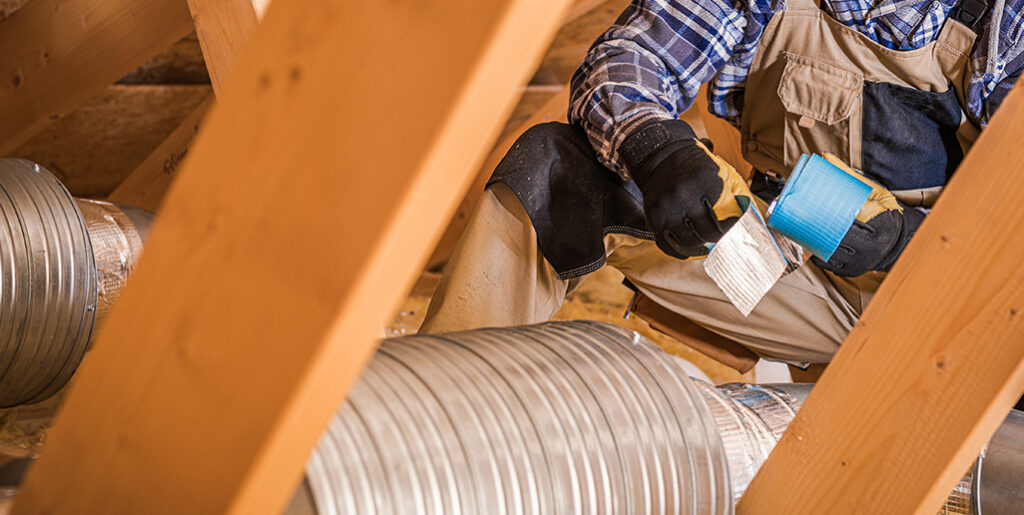
Step 3: Wrap & Tape Duct Insulation
Wrap the insulation around the duct and hold it together with your foil-backed tape. Repeat this process for all the ductwork in your home.
Up against a wall or find yourself in a tight corner? Simply wrap smaller areas of your ductwork for individual wrapping.
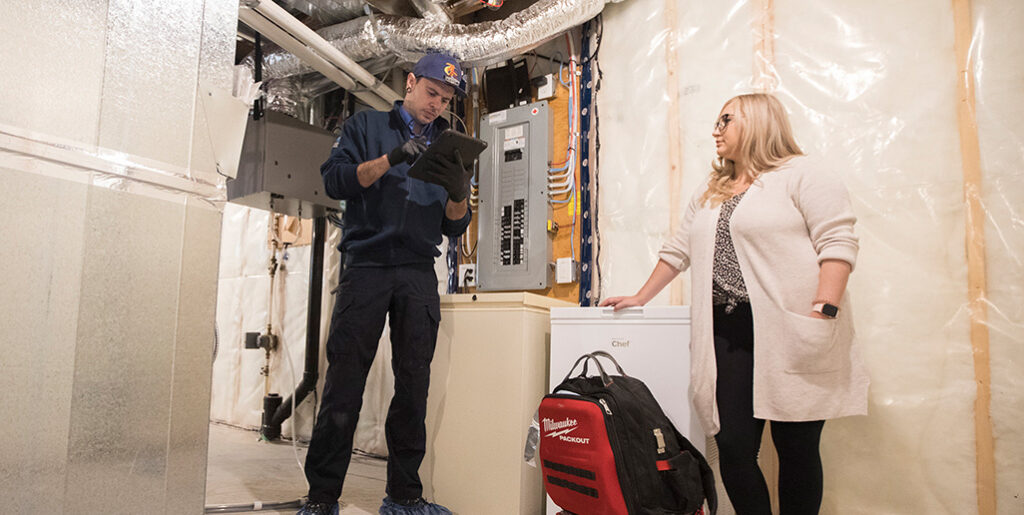
Let the Pros Insulate Your Ducts
We’re not all natural-born wrappers. So if the job seems daunting, just call the HVAC specialists at Action Furnace. Our experts can clean, service, and insulate your ducts so that your air supply is fresh and toasty!
Having your ducts cleaned annually is always a good idea, and our team can insulate your ductwork the next time they service your home’s airways.
If you notice energy bills rising in the winter, insulating your ducts is part of the solution for better energy efficiency. Whether you do it yourself or call for some help, insulate your ducts for better HVAC performance.

